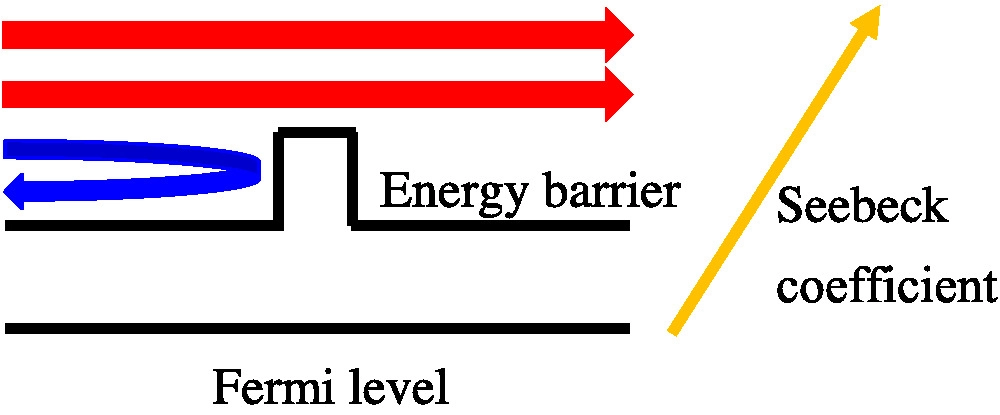Fermi level

The Fermi Level is the maximum energy level that an electron may reach at absolute zero temperature. Because all electrons are in the lowest energy state at absolute zero temperature, the Fermi level falls between the valence and conduction bands. The Fermi level may be thought of as a sea of fermions (or electrons) above which no electrons exist due to a lack of energy at 0 Kelvin. As the solids are heated and electrons are added to or removed from them, the Fermi level changes.
Fermi Energy Level
Because of Pauli's exclusion principle, which stipulates that two fermions cannot occupy the same quantum state, this energy level exists. As a result, if a system contains more than one fermion, each fermion has its own set of magnetic quantum numbers.
The Fermi Temperature is equal to the Fermi level's energy divided by Boltzmann's constant. The temperature at which the electron's energy equals the Fermi energy is also known as the Fermi temperature. It's a measurement of the electrons in a metal's lower energy states.
What is Fermi Energy?
The energy difference between the greatest and lowest occupied single-particle states in a quantum system of non-interacting fermions at absolute zero temperature is known as Fermi energy in quantum mechanics.
Applications of Fermi Energy
In quantum mechanics and condensed matter physics, it is one of the most essential notions. The following sections discuss several Fermi energy uses.
It is used in semiconductors and insulators.
It is used to describe insulators, metals, and semiconductors.
The Fermi energy is used to calculate the electrical and thermal properties of solids.
Understanding the stability of white dwarfs is extremely crucial in nuclear physics. White dwarfs are stars with a mass similar to the Sun but a radius one tenth that of the Sun.
Posted By InnoTechzz